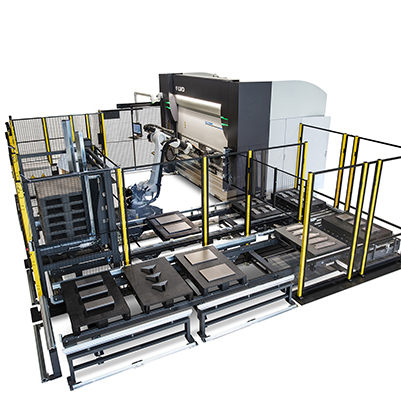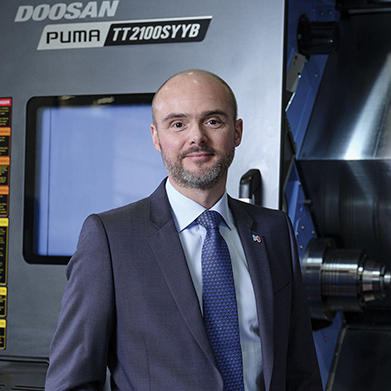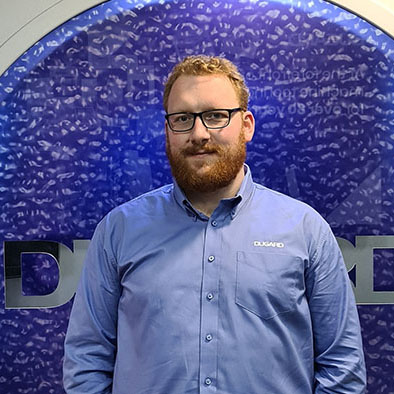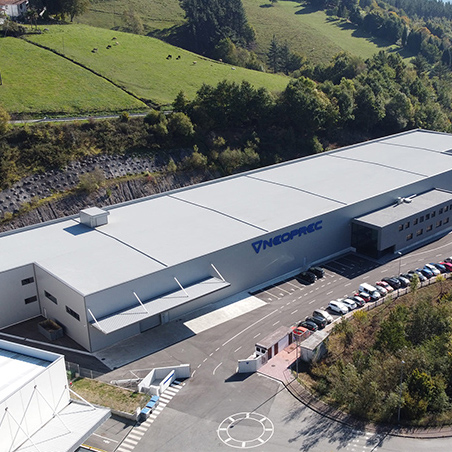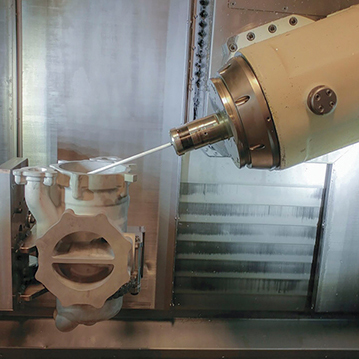
LVD used the recent Blechexpo towards the end of 2021 to introduce a new bending cell that requires no robot teaching. The new Ulti-Form robotic bending cell keeps bending productivity at its peak, handling short and long production runs efficiently, says the company. The innovation was nominated for the Blechexpo Award 2021.
According to LVD, Ulti-Form offers a fast ‘art to part’ process based upon the company’s programming software. CADMAN-B automatically calculates the optimal bend program and imports all bending data into the robot software CADMAN-SIM. Notably, no robot teaching is required. CADMAN-SIM automatically calculates gripper positions, generating the fastest collision-free path for the robot before feeding the information back to CADMAN-B, enabling the operator to work with just one program.
LVD’s auto-adapting gripper accommodates a number of part geometries, automatically adjusting to workpiece size. This smart design saves investment in different grippers and gripper changeover time.
Ulti-Form features a 135-tonne automated tool-changing press brake with built-in tooling warehouse integrated with an industrial robot. The cell handles parts from 50 x 100 mm, up to 1200 x 800 mm, and weighing up to 25 kg.
Equipped with LVD’s Easy-Form laser-adaptive bending system, LVD says that Ulti-Form guarantees angle accuracy, ensuring consistently accurate bending results.
LVD also took the opportunity at Blechexpo to demonstrate the Phoenix FL-3015 fibre laser cutting machine with new 20 kW power source, as well as the updated CADMAN v8.7, a software suite designed to empower the smart factory.
For further information
www.lvdgroup.com






